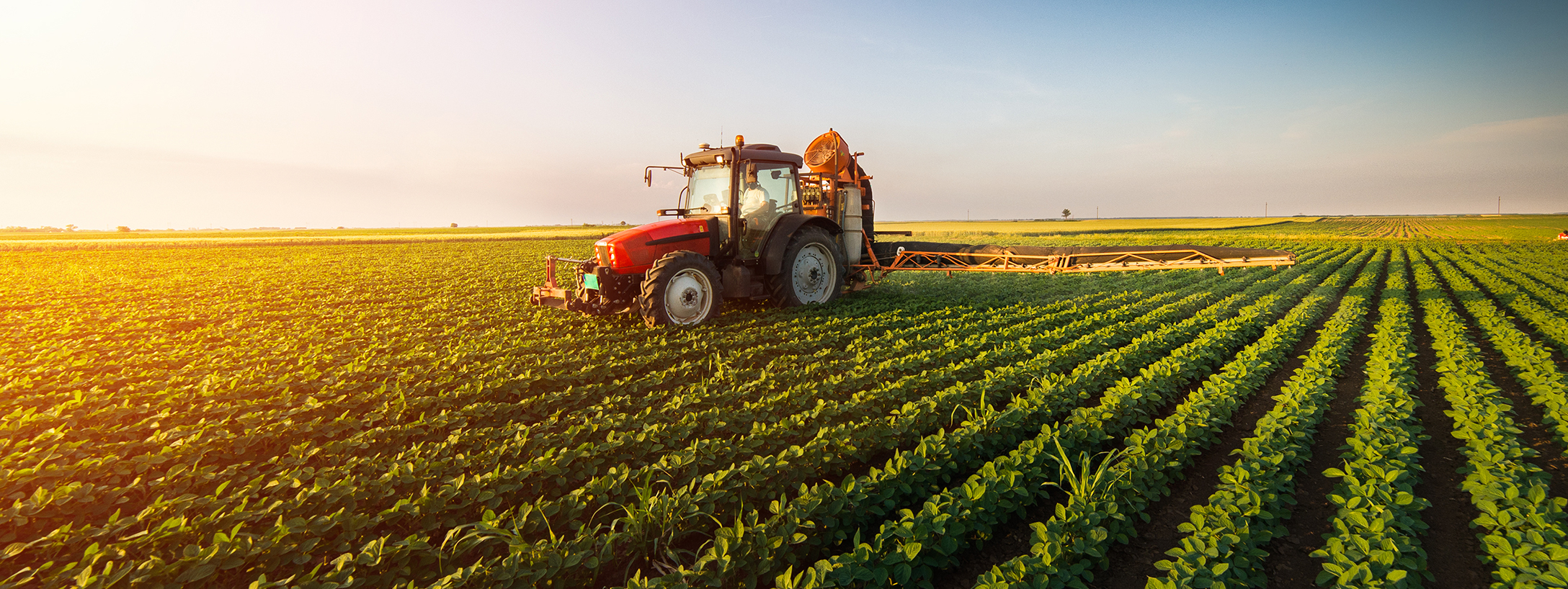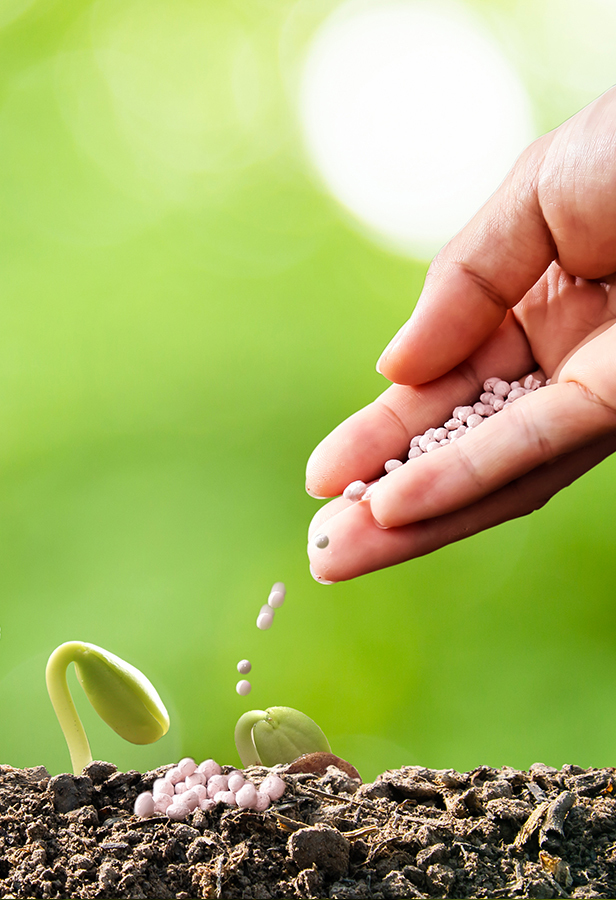Principles of correct liming

Principles of correct liming
Liming is a process that requires a lot of attention, but the results are worth the effort.
The planning should be started by determining the optimum time for fertilising. For grassland, it is autumn because grazing is then finished and all swaths are harvested. Most often, in the case of arable land, it is the time immediately after the end of the harvest. The soil is most likely not yet fertilized with other agents and the samples taken for chemical analysis will reveal results that are closest to the real situation. As no intensive field work is expected in the period following the harvest, this time allows for proper liming. Thanks to the optimal choice of fertilisation time, the soil can absorb lime relatively stable and pass through the stabilisation of the acid reaction without major obstacles.
A very important issue to bear in mind is also how the fertiliser is sown. The cultivated soil should evenly stabilise its pH throughout its volume. This means that the lime must be properly mixed with the soil. For this purpose you can use disc harrows, cultivators etc. The most convenient form of lime is granulate. It allows a precise application and, thanks to its structure, enables an even distribution during sowing. The spreaders used by farmers for mineral fertilisers are completely sufficient for sowing. That is why high quality granulate from CalPol is the right choice.
The dose of granules should be selected according to the specific characteristics of the soil and the plants that are grown. When selecting the quantity of lime to be sown, it is particularly worthwhile to refer to the available liming tables, which give indicative granulate doses. When studying the soil profile, it is also worthwhile to determine the information related to the magnesium resources contained. In the case of low magnesium content, it may be necessary to also use magnesium preparations such as granular magnesium sulphates.
Another important factor influencing the effect of fertilization is the selection of lime with appropriate chemical activity (reactivity). Reactivity means the speed of lime acting and in the case of its various forms ranges from several to even 100%. Oxide fertilisers such as Wapniak Polski by CalPol are characterized by very high reactivity and almost immediate action. On the other hand, the chemical activity of dolomite fertilisers is usually low and this makes them work slower but longer. The first year after sowing is a period of slight de-acidification of the soil, and over time this effect improves.





